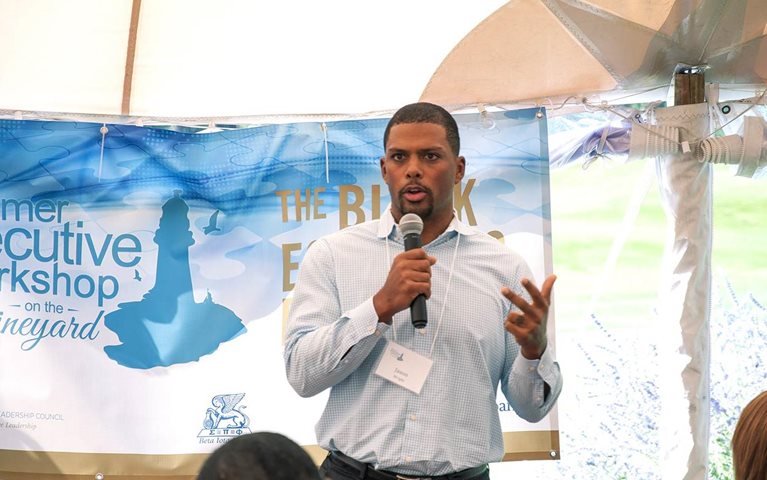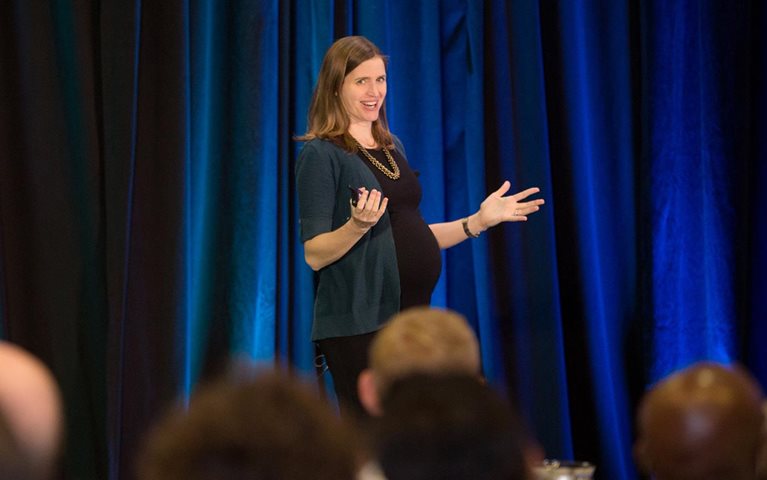George Floyd’s murder and other recent brutal episodes of racial injustice have ignited a global movement that has inspired many organizations around the world, including our own, to step up in the fight against racism and further strengthen commitments to diversity and inclusion. Last week, we committed to 10 Actions in support of racial justice and equity, and this week, we joined other organizations in signing the Human Rights Campaign’s Business Coalition for the Equality Act.
Over the past five years, we’ve also explored the economic impact of closing the racial wealth gap; the disproportionate effect of COVID-19 on Black Americans; and published annual flagship research on the impact of diversity and inclusion in business. Our latest report on this latter front, Diversity wins: How inclusion matters, was published last month, and next week we’ll publish new research on improving the workplace for LGBTQ+ employees. Beyond the ethical dimension, both find that the business case for diversity and inclusion is stronger now than ever.
We sat down this week with two colleagues who’ve led this research: Sara Prince is a partner in Atlanta and a member of the McKinsey Black Network; Ana Mendy, a partner in Southern California, is a member of Equal at McKinsey, our worldwide network of LGBTQ+ colleagues. Amid ongoing civil-rights protests around the world; on the heels of a U.S. Supreme Court decision against employment discrimination on the basis of sexual orientation and gender identity; and as Juneteenth and Pride celebrations get underway, Sara and Ana spoke with us about this historic moment, our work, and the promise of progress.
Sara began by pointing out that our latest Diversity wins work reveals the strongest correlation yet between diverse organizations and better financial performance. “Our 2020 research shows the same relationship we’ve seen in our previous two reports, only with increasing dynamics,” she says. “Companies with greater levels of diversity on their executive teams are more likely to financially outperform their peers.”
When you take the events that have unfolded recently, they bring with them a hotbed of emotion that makes this important, but difficult, conversation even more uncomfortable.
But Sara also explained that making progress in these areas means placing them at the center of organizational conversations. In times like this, that can be hard. “When you take the events that have unfolded recently, they bring with them a hotbed of emotion that makes this important, but difficult, conversation even more uncomfortable,” she says.
According to Sara, seizing this moment in a productive way requires facts, which have a way of giving rational context to what could be an “emotionally raw conversation.” This year, Diversity wins examined the data sets from more diverse companies and found the common thread was a systemic approach and bold steps to strengthen inclusion.
“What we saw this time is that the dynamics around inclusion matter quite significantly,” Sara tells us. “And while diversity and inclusion are related concepts, they’re not the same. The ways in which people are able to show up, their sense of belonging, the openness of the organization to embrace them matter quite significantly as it relates to their opportunities to progress and to thrive.”
Our forthcoming research on the everyday experiences of LGBTQ+ employees finds that despite many visible signs of progress, the business case for inclusion has not translated into solid gains for the LGBTQ+ community at work. And among the actions leaders can take to create a more positive business environment, a focus on inclusion is essential.
“Intersectionality is huge,” says Ana Mendy. “When we look at queer women of color, we find that two-thirds of them are ‘onlys’—that means they’re going about their day-to-day life as the only person like them in a room, in a meeting, or in a team setting. For the trans community, this is much more pronounced. We know from our research that when you’re an only, you’re much more likely to experience microaggressions—the thousands of paper cuts that add up, over time, that tell you that you don’t belong.”
I think the question for clients is, how do we keep this momentum? How do we keep the intensity we feel around this to make long-term change?
Ana says she’s also encouraged by the recent conversations she’s had with clients on this topic. “We’re starting to hear from clients across industries—for example, players in food and beverage, wondering how they can drive diversity through their supply chains, and companies in financial services asking how they can tailor their product offerings to broader, more diverse populations,” she says. “We’re also seeing clients who had, frankly, de-prioritized their diversity and inclusion efforts during COVID-19 because they were just trying to survive. And now they’re coming roaring back and saying they’ve made a mistake—that this is as important as anything else, and we need to get this right.”
As we partner with clients and other institutions to realize greater racial justice and equity globally, the question that’s top of mind for our partners is how to create change that’s not only impactful—but sustainable. “I think the question for clients is, how do we keep this momentum?” Ana says. “How do we keep the intensity we feel around this to make long-term change? If we’re willing to put so much time and effort into standard business initiatives, then we need to be willing to make an even longer and bolder commitment to equity.”

